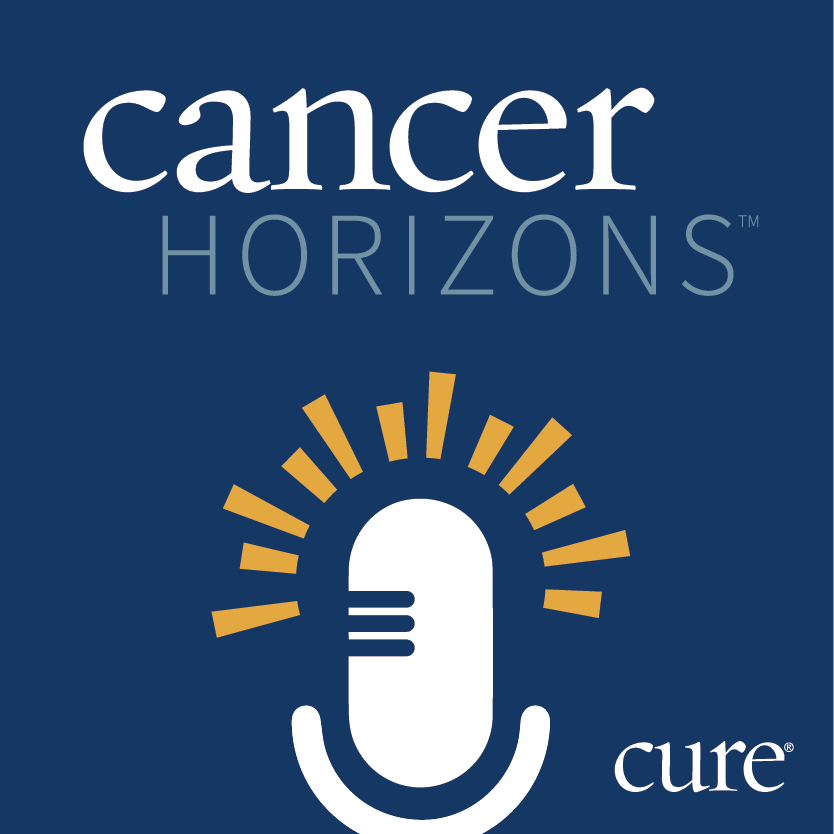News
Article
Black Patients With Myeloma Face Taste, Skin Side Effects from Talvey
Black patients may be more affected by certain side effects from Talvey compared with White patients with multiple myeloma, an expert told CURE®.
Black patients with multiple myeloma experience disproportionately high rates of some side effects when treated with Talvey (talquetamab), research has shown.
Findings from the phase 1/2 Monumental-1 study were published in Blood and presented at the 2024 ASH Annual Meeting.
Patients in the study received 0.4 milligrams per kilogram (mg/kg) of Talvey weekly or 0.8 mg/kg every other week with step-up doses, according to the research published in Blood. The study noted that taste-related side effects/dysgeusia were experienced by 83.3% and 94.1% of Black patients versus 71.1% and 69% of White patients, respectively. One Black patient and two White patients discontinued treatment due to their experience with dysgeusia.
Skin-related side effects occurred in 91.7% and 82.4% of Black patients, compared with 54.7% and 73.8% of White patients, respectively. One Black patient and two White patients discontinued treatment because of skin toxicity. The duration of skin-related side effects was 50 and 63 days for Black patients and 29 and 39 days for White patients, with more Black patients receiving concomitant medication for skin-related side effects than White patients (75% and 58.8% versus 33.6% and 39.7%).
Cycle delay or dose modification due to side effects occurred for 83.3% and 41.2% of Black patients and 69.5% and 59.5% of White patients, while side effects led to treatment discontinuation for 8.3% and 11.8% of Black patients and 5.5% and 10.3% of White patients.
Dr. Brandon Blue, a clinical instructor in the Department of Malignant Hematology at Moffitt Cancer Center in Tampa, Florida and a member of CURE®’s advisory board, spoke with CURE® about the significance of the study and its findings in an interview.
WATCH FULL VIDEO HERE: ASH Annual Meeting Recap - 2024
Transcript:
The big thing that's really taken over for a lot of the blood-related cancers is what they call bispecific therapies. And with the bispecific therapies, what happens is that we're able to use the body's immune system to help fight off the cancer. However, sometimes what happens is that they do have side effects. And one of the major abstracts that was presented at ASH basically talked about how, unfortunately, [racial] minorities had different side effects when they had the same treatment than other people of a non-minority background.
Unfortunately, what that means is that now we're learning that not everyone is actually tolerating these medicines the same [way], and what we call the toxicity profile may vary based on other factors not related to your disease, such as your ethnicity and background. And I thought that was amazing because that's something that hadn't been shown before.
That's fascinating. What abstract was that? Or what study was that?
So it was [Tavley (talquetamab)], which is one of the bispecific myeloma therapies. It basically showed that, unfortunately for Black patients, they had worsening dysgeusia, which is changes in taste as well as they had worse skin changes, which is also another side effect of that bispecific, but it just happened to be, unfortunately, more severe in minority patients.
I think it's great that attention is being drawn to that at something [with] as big a platform as ASH.
For sure, yeah. The big thing about it too is that, unfortunately, a lot of those groups of patients just weren't included in the original clinical trials. So it's good to [know], now that things are approved, that you're kind of like, “Alright, this is exactly like what's happening in what we call real-world data.”
Transcript has been edited for clarity and conciseness.
Reference
“Clinical Outcomes in Black Patients with Relapsed/Refractory Multiple Myeloma Following Talquetamab Treatment: Analyses from the Phase 1/2 Monumental-1 Study” by Dr. Carolina Schinke et al., Blood.
For more news on cancer updates, research and education, don’t forget to subscribe to CURE®’s newsletters here.

















